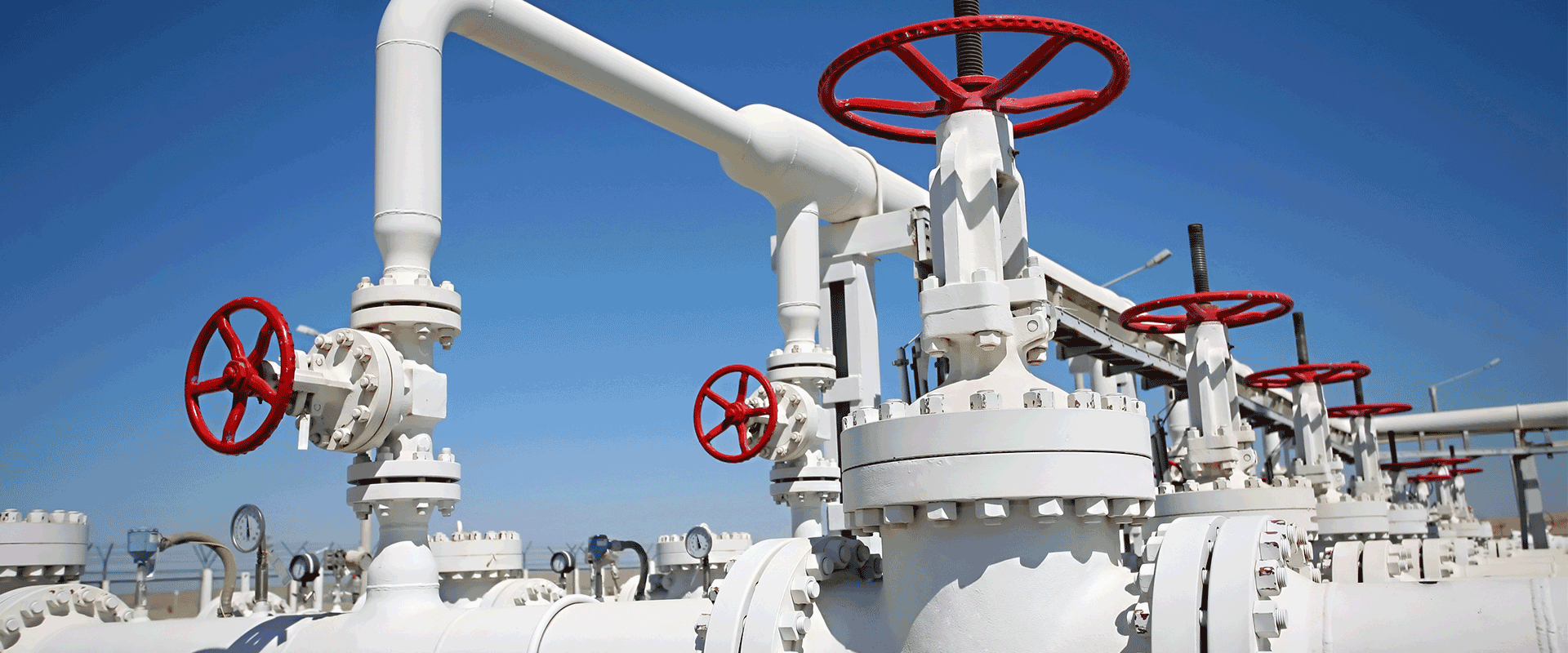Oil-field service and equipment (OFSE) companies (as well as new, specialized non-oil and gas technology providers) mainly play in the first three steps of this landscape:
Monitor. Besides LDAR programs, emissions analytics and artificial intelligence, emissions monitoring and measurement solutions are continuing to gain acceptance among E&P operators. Aerial technologies include airplanes and drones by companies like Kairos Aerospace, Bridger Photonics and SeekOps. Satellite providers include GHGSat and MethaneSAT. And for remote solutions, Qube Technologies, Urbint and Scientific Aviation are among the companies to watch.
Reduce. When it’s time to replace or upgrade critical hardware, oil and gas companies turn to traditional oilfield services and equipment manufacturers like Baker Hughes and Schlumberger. But technologies to reduce fugitive emissions are different. Emerging trends in this part of the methane management landscape include technologies focused on automation, electrification and renewable solutions. There are also innovative processing configurations such as tankless design from Cimarron and DXP-IFS, among others.
Capture. For emissions capturing, look to wellsite and processing facility solutions. These include vapor recovery units from companies like Flogistix, Air Mac and Cimarron’s HY-BON division. Also in this category: vapor recovery towers from Waterford Tank and Fabrication, OTA Compressors, and others.
Other aspects of the value chain are still in the early stages. They’re typically dominated by in-house solutions from E&P companies, such as Anadarko’s Central Oil Stabilization Facility concept.
Shaping up a strategy
As is so often the case, one good question leads to another. Sorting out the status of oil and gas methane management raises further considerations for investors as they assess the market’s outlook.
First is industry outlook. That includes how quickly E&P companies will implement methane management initiatives in their respective operations and who will lead in each specific region or basin. There are also considerations around methane management technologies, including how they will improve and evolve over time. Evaluate the growth potential for each technology across the value chain in light of emerging preferences, key adoption criteria and challenges. Also take care to understand the extent that policy drives the adoption of each technology, and how policy support (or other tailwinds like structural changes in the economy) counteract headwinds. Finally, try to get an idea of which countries or regions will promote adoption of GHG emissions technology sooner.
On top of those considerations are key questions about strategic fit. See whether the investment theme in emissions offers the right exposure to the energy transition or environmental, social and governance (ESG) principles. Does it strike the right balance between opportunity and risk? For investors, this means being able to appropriately represent the business as an ESG solution versus an oil and gas equipment or service company. Also determine whether the selected emissions theme and the business models found in it align with the company’s current portfolio and investment profile. From a technology perspective, consider how far the selected technology is in the life cycle and how it fits the company’s investment horizon. Then there’s the question of whether actionable acquisition targets in the market are within the appropriate range of investment.
When it comes to methane emissions, public and private interests are exceptionally aligned, giving oil and gas companies a green light to pursue methane management solutions. By asking the key fundamental questions about the direction of this still-evolving market, industry executives and investors can determine which approaches and solutions support the achievement of net-zero targets while yielding benefits to stakeholders inside and outside the organization.








